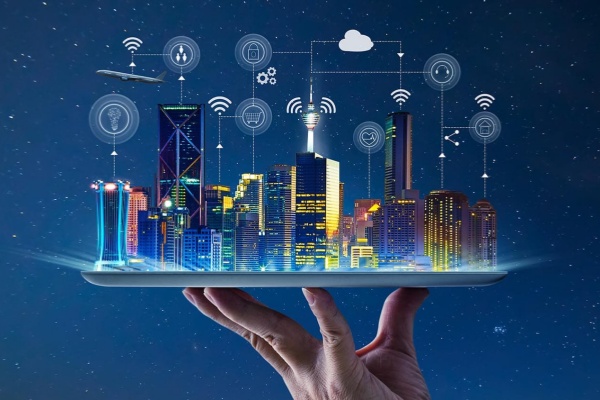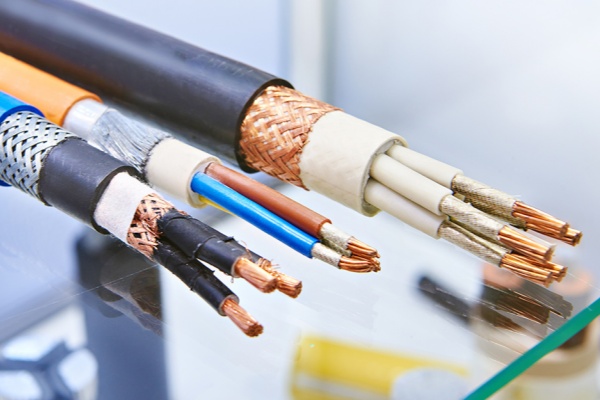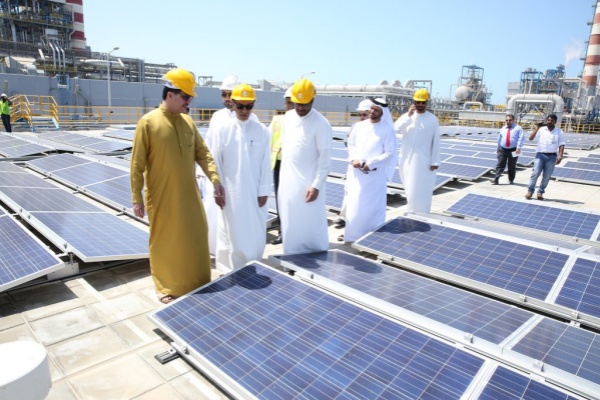Smart cities represent the pinnacle of technological integration in urban development, promising sustainable, efficient, and highly connected living environments. Cables play a foundational role among the many components that make a smart city function seamlessly. Cables are the unsung heroes connecting the future, from powering infrastructure to enabling high-speed communication. In this blog, we’ll explore the critical role cables play in smart cities and how advancements in cable technology are shaping this innovative urban landscape.
What Are Smart Cities?
A smart city leverages technology and data to enhance urban living. With interconnected systems spanning transportation, energy, healthcare, and governance, smart cities aim to:
- Optimize resource usage.
- Reduce environmental impact.
- Improve the quality of life for citizens.

Key technologies driving smart cities include the Internet of Things (IoT), artificial intelligence (AI), big data, and cloud computing. However, none of these technologies can function without a robust cabling infrastructure to support power distribution and data transfer.
The Backbone of Smart Cities: Cable Infrastructure
Cables serve as the backbone of all smart city operations, enabling seamless communication and reliable energy supply. Here are the primary roles cables play:
1. Power Distribution
Smart cities require a reliable and efficient power grid to operate. Advanced cable technologies, such as high-voltage power cables, ensure uninterrupted energy delivery to homes, businesses, and public infrastructure. These cables:
- Support renewable energy sources: Transmitting power from solar farms and wind turbines to the grid.
- Reduce energy loss: High-quality insulation and low-resistance materials improve energy efficiency.
- Enable smart grids: Power cables equipped with sensors facilitate real-time monitoring and efficient energy distribution.
2. Data Communication
The vast network of connected devices in a smart city relies on high-speed and high-capacity data transfer. Fiber optic cables are the gold standard for this purpose, offering:
- High bandwidth: Essential for IoT devices, video surveillance, and cloud-based applications.
- Low latency: Critical for time-sensitive operations such as traffic management and emergency response.
- Enhanced durability: Resistance to electromagnetic interference ensures consistent performance.
3. Safety and Resilience
In densely populated urban environments, safety is paramount. Fire-resistant cables are a critical component in smart city infrastructure:
- Fire safety: Designed to withstand high temperatures and prevent the spread of flames.
- Durable insulation: Protects cables in hazardous conditions, reducing the risk of failure during emergencies.
- Compliance with regulations: Meets strict safety standards for public and private buildings.
4. Environmental Sustainability
Sustainability is at the heart of smart city planning. Eco-friendly cables are increasingly being developed to align with this goal:
- Halogen-free materials: Reduce toxic emissions in case of fire.
- Recyclable components: Support circular economy initiatives.
- Energy-efficient designs: Minimize energy consumption during operation.
Types of Cables Essential for Smart Cities

- Fiber Optic Cables Fiber optic cables are the lifeline of data communication in smart cities. They connect smart sensors, surveillance cameras, and communication hubs, ensuring:
- High-speed internet access for residents and businesses.
- Seamless data transmission for IoT networks.
- Support for 5G infrastructure, a cornerstone of smart city connectivity.
- Power Cables Power cables are essential for distributing electricity efficiently across the city. Key types include:
- High-voltage cables for long-distance energy transmission.
- Low-voltage cables for residential and commercial applications.
- Submarine cables for cities located near coastal areas or islands.
- Fire-Resistant Cables Fire-resistant cables are vital for ensuring safety in critical infrastructure such as hospitals, transportation hubs, and public buildings. Their ability to function during fire incidents makes them indispensable in smart city planning.
- Specialized Cables for IoT With IoT at the core of smart cities, specialized cables are designed to:
- Connect smart devices securely and reliably.
- Operate in harsh conditions, such as extreme temperatures or underwater environments.
Challenges in Smart City Cabling
While cables are critical, implementing and maintaining a robust cabling infrastructure in smart cities comes with challenges:
1. Cost
High-quality cables, particularly fiber optics and fire-resistant varieties, can be expensive. Balancing budget constraints with infrastructure quality is a key concern.
2. Scalability
As cities expand, the demand for cabling infrastructure grows. Ensuring scalability while maintaining performance is a significant challenge.
3. Environmental Impact
Despite advancements, cable manufacturing, and installation can have environmental implications. Developing truly sustainable solutions remains a priority.
4. Integration
Integrating new cable technologies with existing infrastructure can be complex and time-consuming. Compatibility issues often arise during upgrades.
Innovations in Cable Technology for Smart Cities
To address these challenges, the cable industry is embracing innovation. Key advancements include:
1. Smart Cables
Smart cables embedded with sensors allow for real-time monitoring of temperature, load, and potential faults. This capability improves reliability and reduces maintenance costs.
2. Self-Healing Cables
Emerging self-healing cable technologies can automatically repair minor damages, extending their lifespan and reducing downtime.
3. Bio-Based Cables
Cables made from bio-based materials reduce reliance on fossil fuels and minimize environmental impact, aligning with sustainability goals.
4. High-Temperature Low-Sag (HTLS) Cables
HTLS cables can transmit higher amounts of electricity with reduced losses, making them ideal for energy-intensive smart city grids.
Case Studies: Cables in Action

Several smart cities around the world showcase the transformative role of cable technology:
1. Singapore
As a leading smart city, Singapore utilizes fiber optic networks for high-speed connectivity, enabling efficient traffic management and public services.
2. Barcelona
Barcelona’s smart city initiatives include the use of eco-friendly and fire-resistant cables to power public transportation and lighting systems.
3. Dubai
Dubai’s focus on renewable energy relies on advanced power cables to connect solar farms to the urban grid.
Future Trends: The Evolving Role of Cables in Smart Cities
As smart cities continue to evolve, the role of cables will expand to accommodate new technologies such as:
- 6G networks: Even faster data speeds and greater connectivity.
- Quantum communication: A potential game-changer for data security.
- Wireless power transmission: While still in its infancy, this technology could reduce the reliance on physical power cables.
Cables are the unsung heroes of smart cities, providing the foundation for power distribution, data communication, safety, and sustainability. As urban areas continue to embrace smart technologies, the demand for advanced cabling solutions will only grow. By investing in innovative and eco-friendly cable technologies, we can build smarter, more connected cities that meet future challenges.
If you’re looking for high-quality cables to power your smart city projects, ZMS Cable offers a wide range of solutions tailored to meet modern urban needs. Contact us today to learn more!
